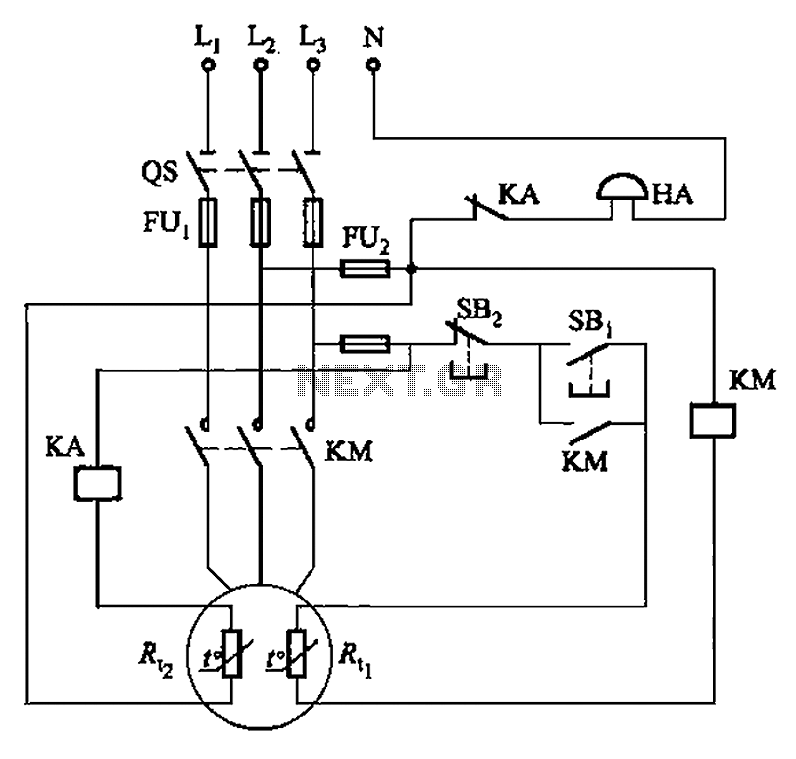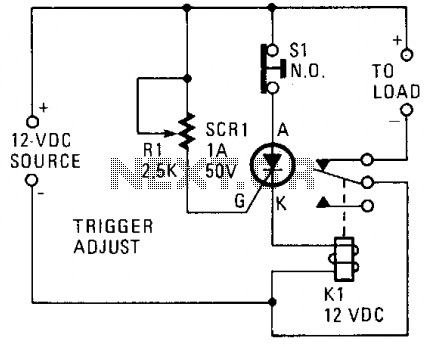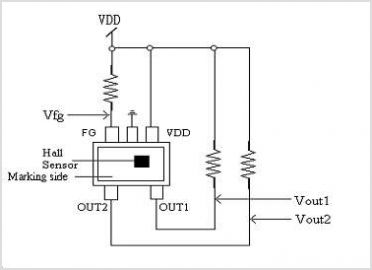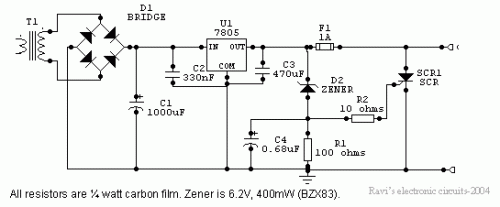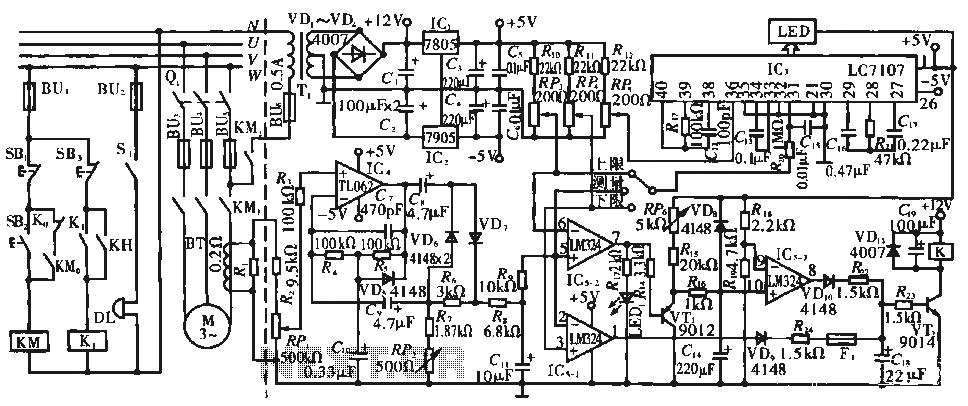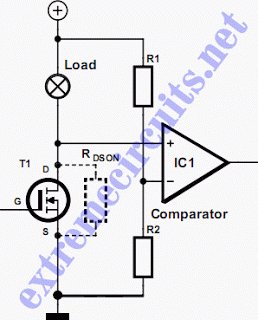
RS-232 surge protection
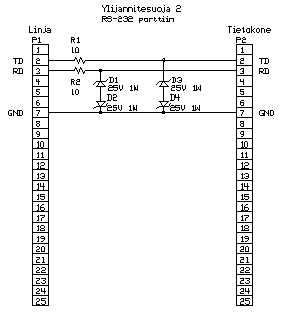
The following circuit are provided here to give your idea how the overvoltage protection circuits really work and how you can easily add some protection to your circuits. To make those circuit really effective need careful component choosing and good construction. For best performance I recommend using commercial units from reliable data communication product manufacturers. More: RS-232C serial port lines are quite prone to be damaged by overvoltages. The damage to computer serial ports have become more and more expensive to replace because of higher integration: usually you have to buy new motherboard if one serial port in it.
Overvoltage protection circuits are essential in safeguarding sensitive electronic components, particularly in data communication applications such as RS-232C serial ports. The primary function of these circuits is to prevent excessive voltage levels from damaging the connected devices.
A typical overvoltage protection circuit may include components such as zener diodes, transient voltage suppressors (TVS), and series resistors. Zener diodes can be employed to clamp the voltage to a specific level, thereby preventing it from exceeding the maximum ratings of the connected components. The zener diode should be selected based on the maximum allowable voltage for the device being protected.
Transient voltage suppressors offer rapid response to voltage spikes, making them suitable for protecting against transient overvoltages. In addition, series resistors can be included to limit the current flowing through the circuit during an overvoltage event, providing an additional layer of protection.
The construction of the circuit is equally important. Proper layout techniques, such as minimizing trace lengths and ensuring adequate grounding, can significantly enhance the effectiveness of the overvoltage protection. Components should be positioned to minimize inductance and capacitance, which can affect the circuit’s response time.
For those who require a higher level of reliability and performance, commercial overvoltage protection units from reputable manufacturers are recommended. These units are designed to meet stringent standards and are tested for performance, providing peace of mind in critical applications.
In summary, implementing an effective overvoltage protection circuit involves careful selection of components and attention to construction details. By doing so, the longevity and reliability of sensitive electronic devices, particularly in communication applications, can be significantly improved.The following circuit are provded here to give your idea how the overvoltage protecton circuits really work and how you can easily add some protection to your circuits. To make theose circuit really effective need careful component choosing and good construction. For best performace I recommend using commercial units from realiable data communication product manufacturers.
RS-232C serial port lines are quite prone to be damaged by overvoltages. The damaged to computer serial ports have become more and more expensive to replace because of higher intergaration: usually you have to buy new motherboard if one serial port in it 🔗 External reference
Overvoltage protection circuits are essential in safeguarding sensitive electronic components, particularly in data communication applications such as RS-232C serial ports. The primary function of these circuits is to prevent excessive voltage levels from damaging the connected devices.
A typical overvoltage protection circuit may include components such as zener diodes, transient voltage suppressors (TVS), and series resistors. Zener diodes can be employed to clamp the voltage to a specific level, thereby preventing it from exceeding the maximum ratings of the connected components. The zener diode should be selected based on the maximum allowable voltage for the device being protected.
Transient voltage suppressors offer rapid response to voltage spikes, making them suitable for protecting against transient overvoltages. In addition, series resistors can be included to limit the current flowing through the circuit during an overvoltage event, providing an additional layer of protection.
The construction of the circuit is equally important. Proper layout techniques, such as minimizing trace lengths and ensuring adequate grounding, can significantly enhance the effectiveness of the overvoltage protection. Components should be positioned to minimize inductance and capacitance, which can affect the circuit’s response time.
For those who require a higher level of reliability and performance, commercial overvoltage protection units from reputable manufacturers are recommended. These units are designed to meet stringent standards and are tested for performance, providing peace of mind in critical applications.
In summary, implementing an effective overvoltage protection circuit involves careful selection of components and attention to construction details. By doing so, the longevity and reliability of sensitive electronic devices, particularly in communication applications, can be significantly improved.The following circuit are provded here to give your idea how the overvoltage protecton circuits really work and how you can easily add some protection to your circuits. To make theose circuit really effective need careful component choosing and good construction. For best performace I recommend using commercial units from realiable data communication product manufacturers.
RS-232C serial port lines are quite prone to be damaged by overvoltages. The damaged to computer serial ports have become more and more expensive to replace because of higher intergaration: usually you have to buy new motherboard if one serial port in it 🔗 External reference
